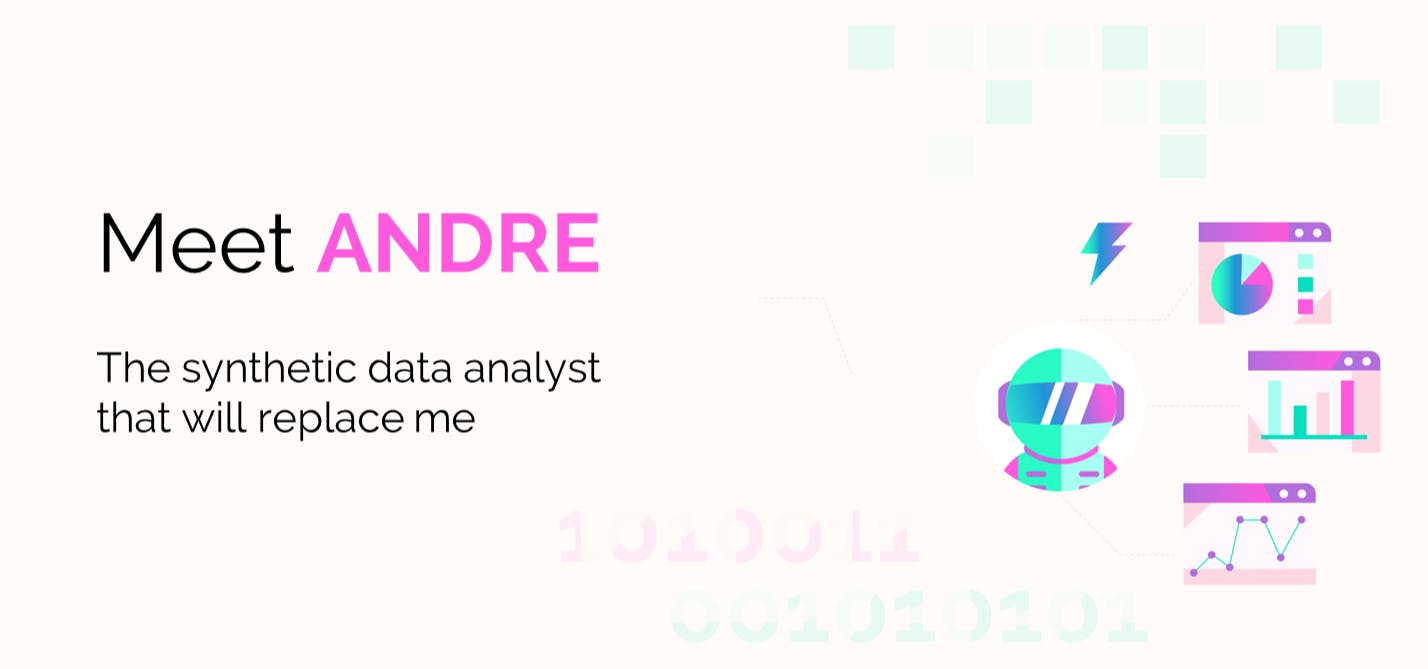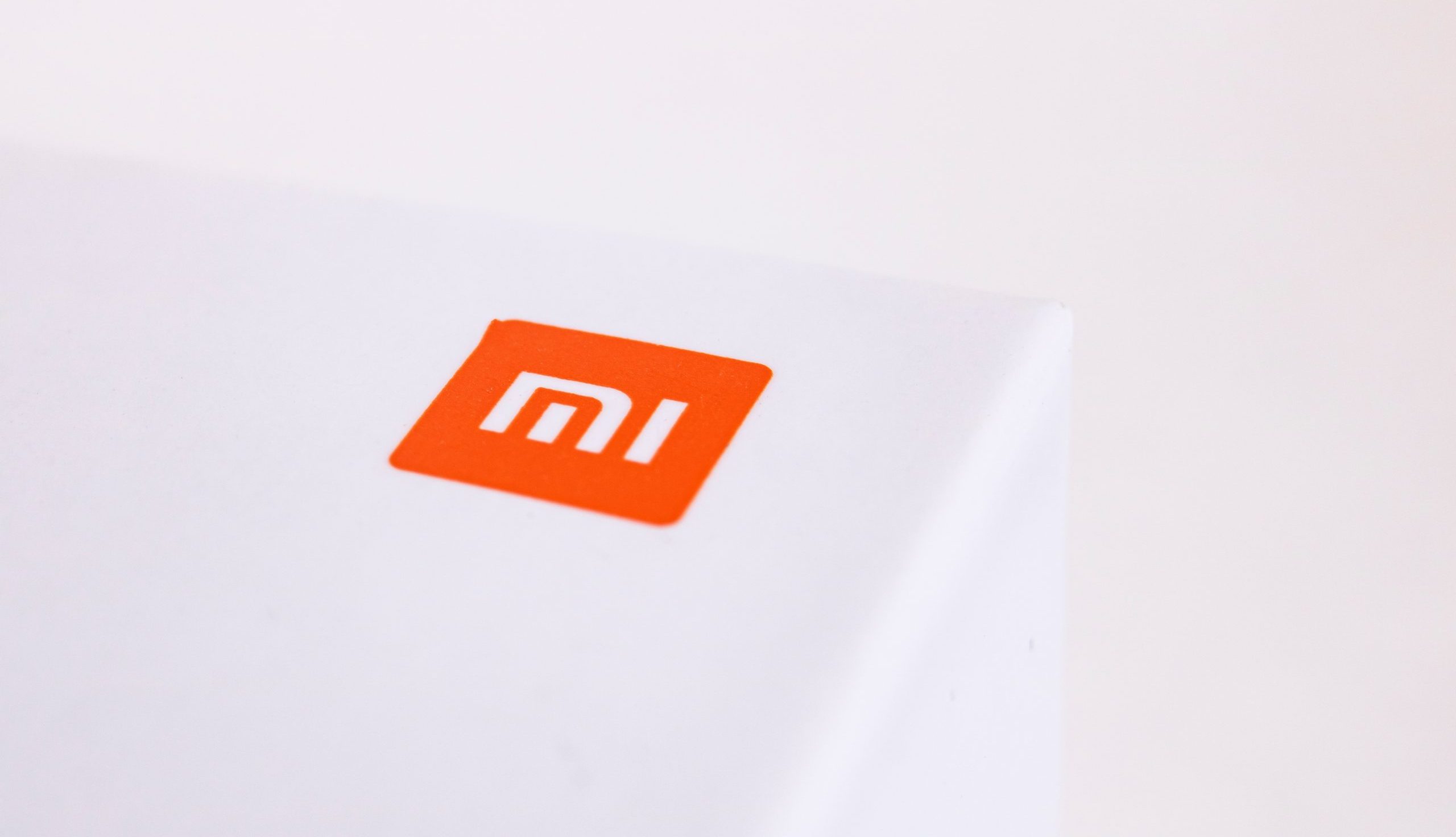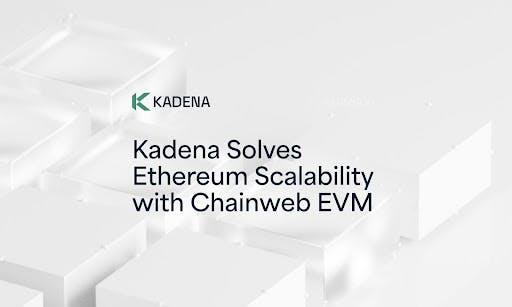As an analysis & insight professional, I’ve witnessed the slow and steady evolution of our industry over the last 2 decades into more behavioural metrics with the aim to improve accuracy. Then came GPT, and it changed everything. This journey has led me to profound insights about the future of work and the role of artificial intelligence in shaping our professional landscape.
The revolution will not be televised
As I talk to fellow professionals in the industry, it’s clear that everyone is fascinated, and has at least tried to gain insights from data with the help of AI. Few ambitious pilots and programs have been tested and organizations are learning their way into professionalizing the use of generative AI to support employees and business processes.
But the numbers suggest a much deeper change; besides programming and marketing assets production, research and data analysis pops up in the Top10 use cases of AI.
It’s not just the repetitive and basic tasks like open-text coding that can be automated, it’s everything from research design, questionnaire writing, data production to insights extraction. In fact, all aspects of my own job could be obsolete in 2025!
Machines are beating humans at their own game
When I started my career, the idea of AI replacing human analysts seemed like a distant possibility. Recent research from the University of Chicago Booth School of Business has found that large language models like ChatGPT and Claude can be better predictors of financial analysis than their human counterparts.
These AI models can achieve a 60% rate of accuracy in predictive financial performance, compared to the 53-57% accuracy of human experts. This isn’t just a marginal improvement; it’s a quantum leap that signals a fundamental shift in how analysis will be conducted in the future.
The writing on the wall: Human analysts face extinction
It became clear to me for some time that the days of traditional human analysts were numbered. The speed, accuracy, and scalability of AI in processing and analysing vast amounts of data far surpassed what any team of human analysts could achieve.
I never questioned why I started the journey to build [ANDRE](https://(https://andre.ai) back in 2018. It started quietly, slowly, but it burst in 2024 with 5 product releases and hundreds of improvements. That’s not even enough to sustain our competitive advantage for long considering the pace of development in RAG and AI-enabled technologies.
An old study by Accenture found that AI has the potential to boost labour productivity by up to 40 percent by 2035. This isn’t just about doing more with less; it’s about unlocking human potential. In 2021 already, Gartner predicted that over 70% of organizations would be augmenting their analytics workforce with synthetic help by 2025. According to a recent McKinsey study, by 2030, up to 30 percent of current hours worked could be automated, accelerated by generative AI.
All three position papers are likely dramatically underestimating the shift, however. The transition to AI-augmented workforces isn’t a future prospect anymore – it’s our present reality. The speed of the transition to “AI-first” is likely to become evident only in hindsight, after a series of cascading announcements bring it to light.
As I developed my SaaS platform, I saw first-hand how AI could enhance human capabilities rather than simply replace them. The platform I created didn’t just mimic my analytical processes; it expanded upon them, uncovering insights and patterns that would have taken me weeks to discover manually. How could others not notice the incredible opportunity that this represents?
Welcome to the age of agentic organizations
As I delved deeper into the potential of AI, I began to envision a future where organizations would be largely self-directed, with AI agents handling a significant portion of analytical and decision-making processes.
In fact I had purchased the website “synthetic.company” for a couple of cents in 2018 as I thought it was pretty cool to imagine a company solely run by AI. A great thought experiment back then. I discovered recently, however, after having stopped to renew the domain for 3 years, that the site is for sale in the high 4-digits range. I console myself with the thought that it’s better to be too early than too late.
This is market-proof evidence that “agentic organizations” isn’t science fiction now – it’s our reality. In this new paradigm, work looks dramatically different. Human roles will shift towards ignition, and perhaps control and orchestration, if anything.
A venture capital fund active in Web3 was launched in October 2024. Its main particularity? It’s run exclusively by AI agents. This project is worth over 2 $Bn in its first 2 months of existence… Besides its wild speculative nature, this project suggests that human involvement may not be an absolute necessity for managing organizations.
Many frameworks have emerged that let users design entirely synthetic workers with their own set of objectives, skills and tools, and get them to interact together to get things done, like organizing events automatically or generating marketing campaigns.
Technology bright and dark side
Every new technology can be used for good and for bad. The benefits of this AI revolution are immense. For companies, the increased efficiency and depth of insights lead to better decision-making and competitive advantages. For business owners and start-up teams, it levels up the competition. It provides anyone with a wealth of extra resources for business growth and innovation.
The opportunities presented by AI are equally significant. AI is not just about automation—it’s about augmentation and innovation. It’s creating new roles and industries that we couldn’t have imagined a decade ago. For example, the World Economic Forum has identified AI-driven productivity enhancement as a key driver for potential economic growth. PwC predicts that AI could add up to $15.7 trillion to the global economy by 2030.
But it also means that the same output can be achieved by fewer people, and this will inevitably have an impact on the workforce. The more innovative companies like Klarna have already slashed in their highly skilled workforce (about 22%). A study by Oxford Economics suggests that robots could replace up to 20 million jobs globally by 2030.
It would be short-sighted to miss the parallel with industrial automation in the late 20th century.
News from the trenches
Being in the trenches at the frontier isn’t comfortable nor comforting. Uncertainty is everywhere, too much is happening and most of it is stealth. The stakes are high. But being where things happen helps move history in the way we want.
As I reflect on my journey on creating my synthetic replacement, I feel like I’m not just building a tool that will eventually outperform me, I’m helping to shape the future of work. The MIT Technology Review highlights the importance of responsible AI development, emphasizing the need for transparency, fairness, and accountability. As creators and early adopters of these technologies, we have a responsibility to ensure they benefit humanity as a whole.
Embracing the AI-powered future
The transformative power of AI is huge, and recent developments give us a glimpse into work in 2025 and beyond. My experience of building ANDRE with the aim to replace myself has been both humbling and exhilarating. I’m convinced that by embracing change and actively participating in shaping the future, we can create a world where AI unlocks unprecedented levels of innovation and progress.
It’s just not fully clear yet where we humans will fit in cognition intensive workflows. And whether we manage to build AI that benefits all or not, I’ll sleep much better knowing that I have my synthetic clone ready for business !














